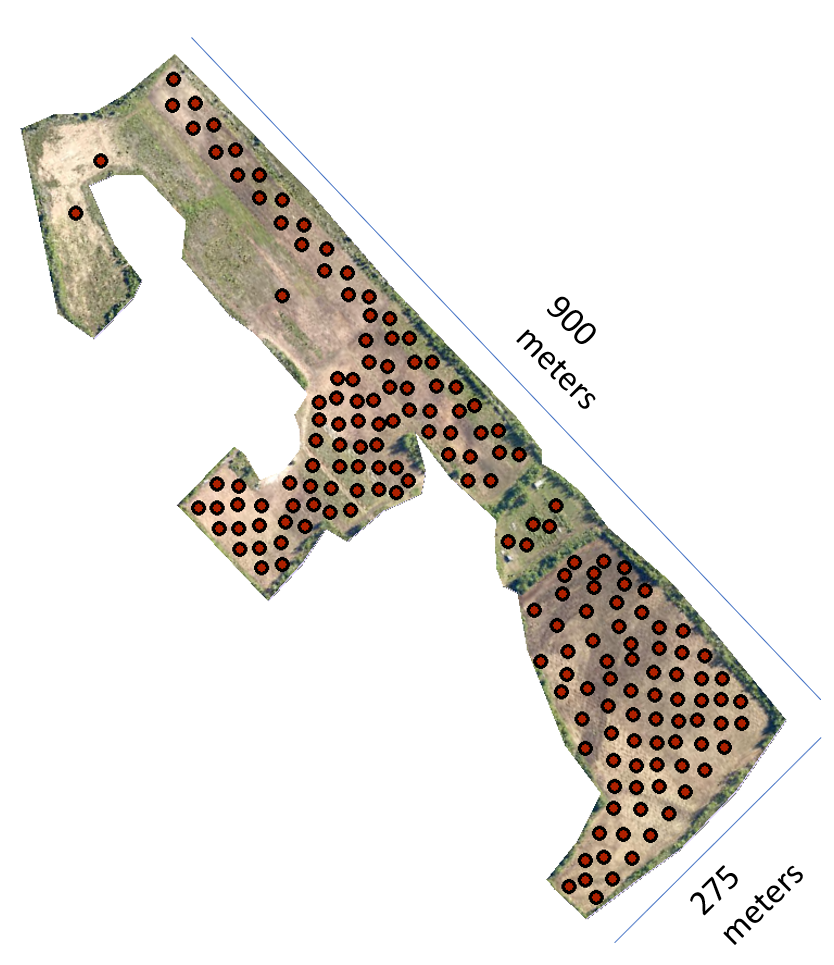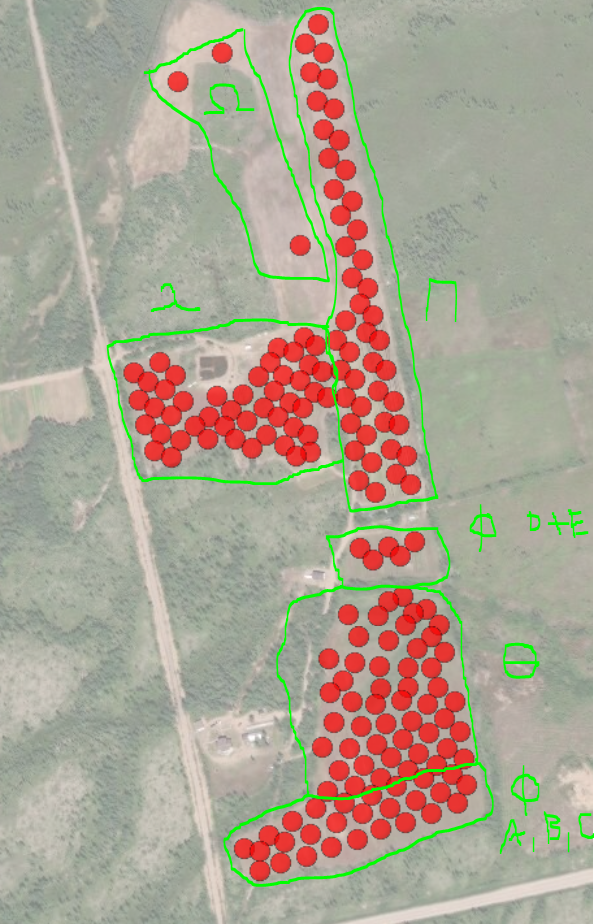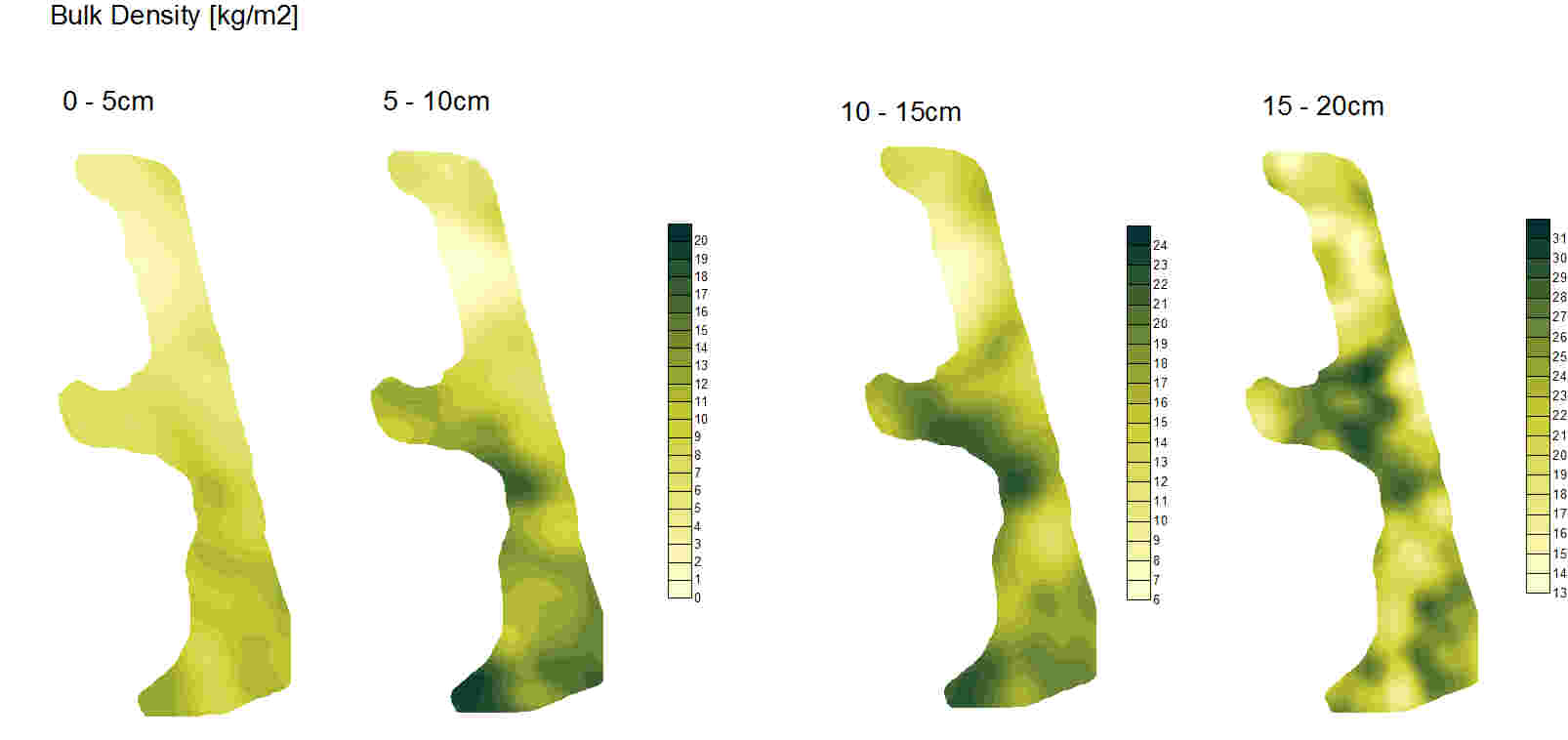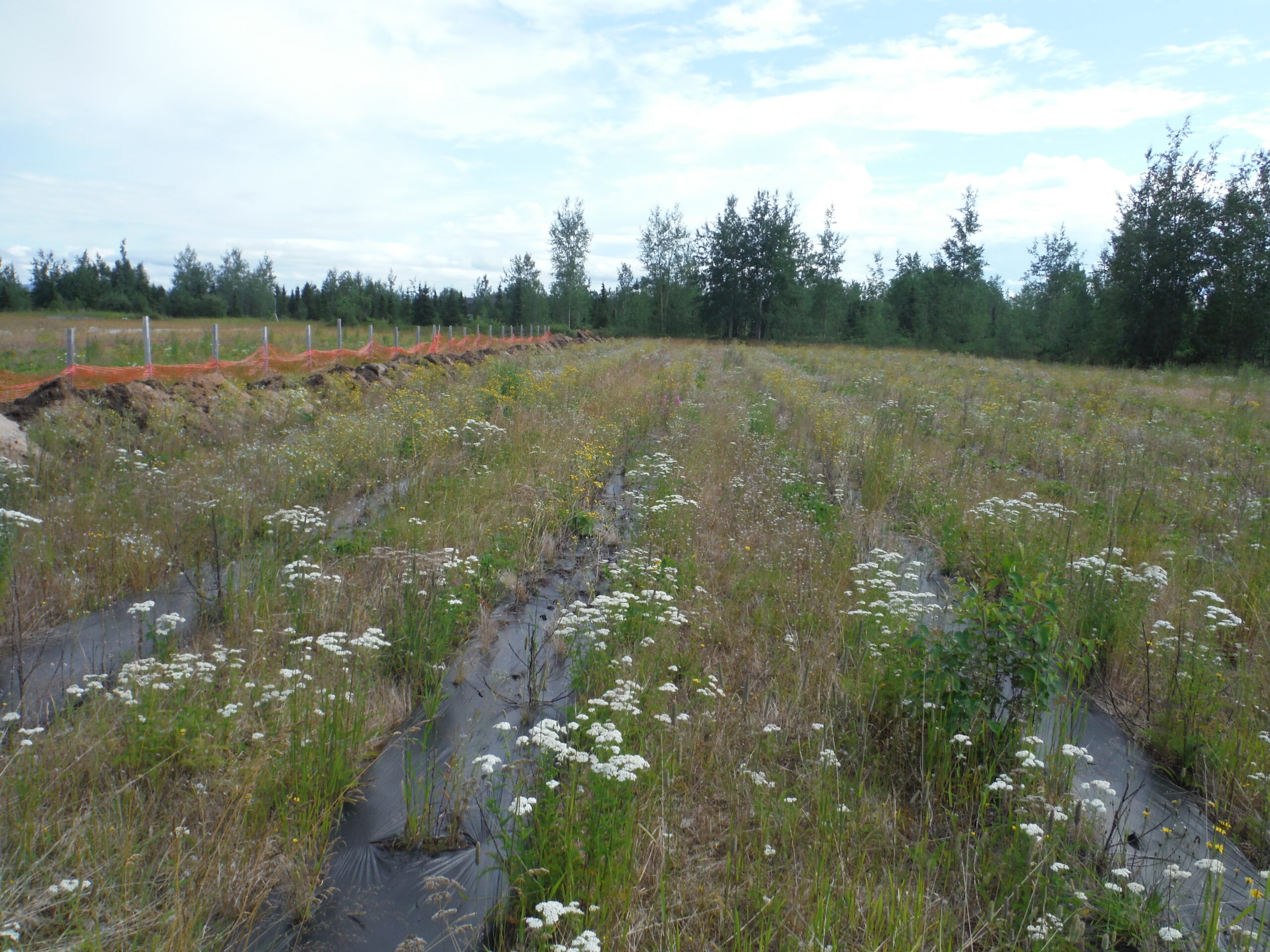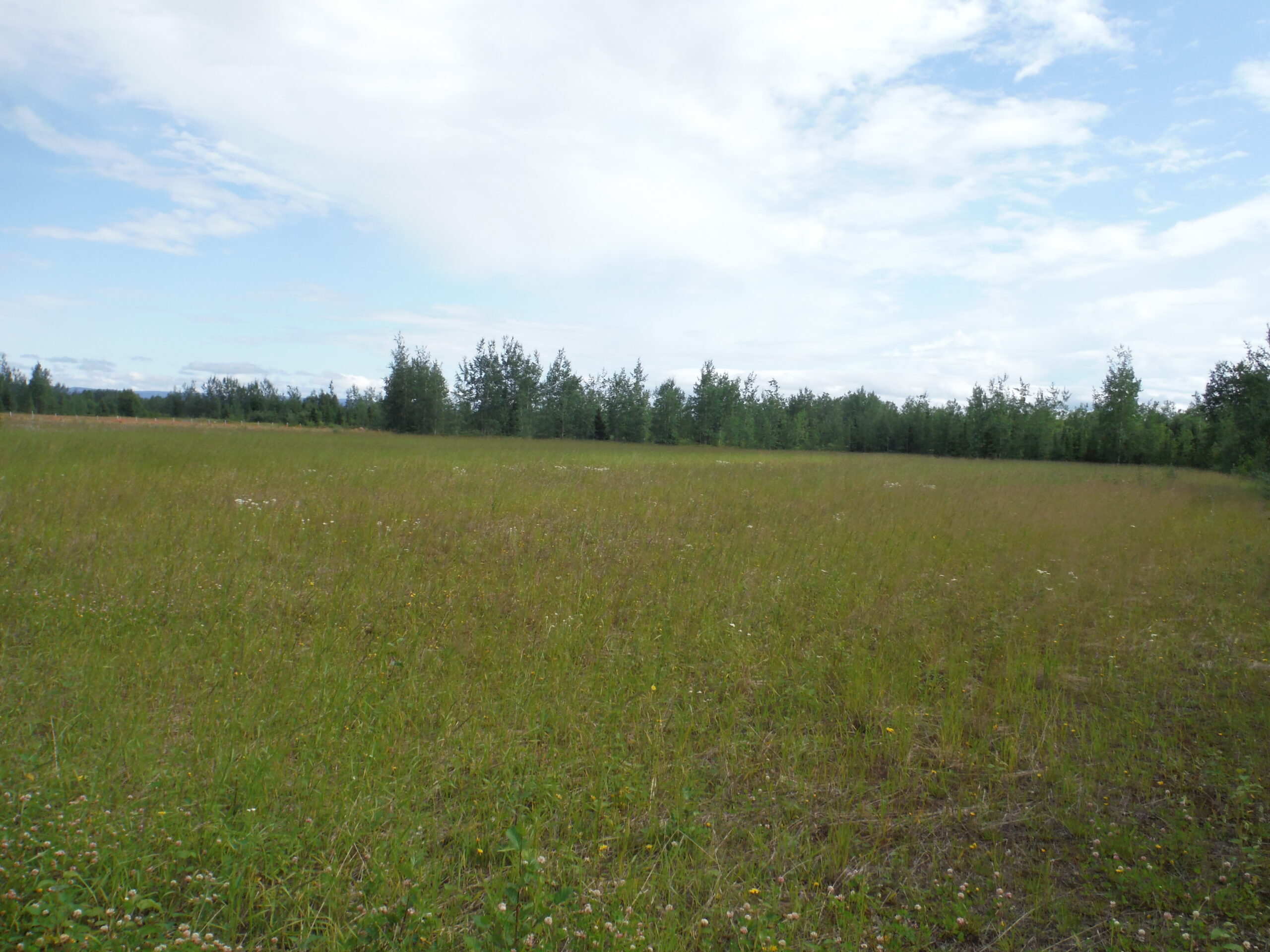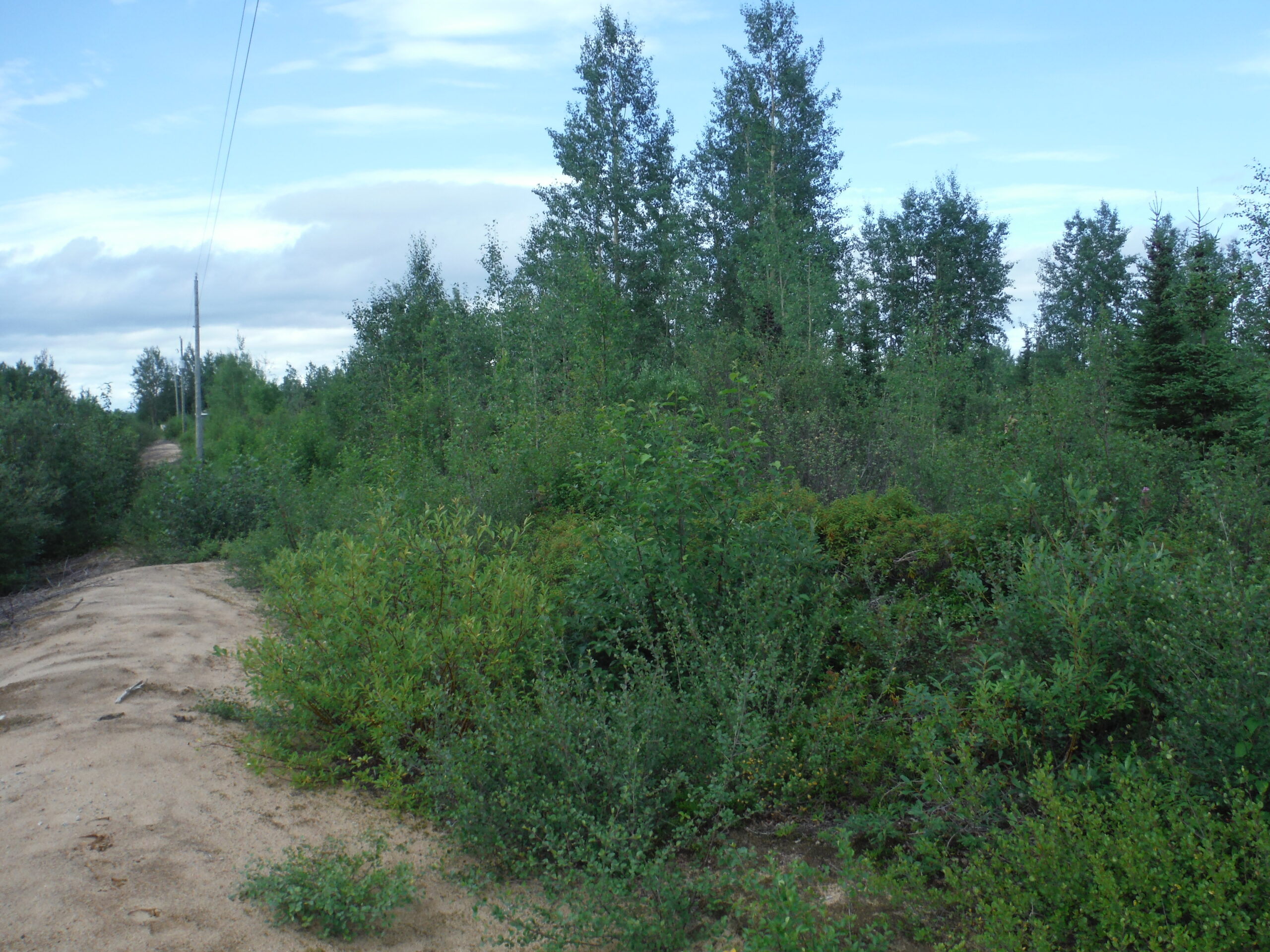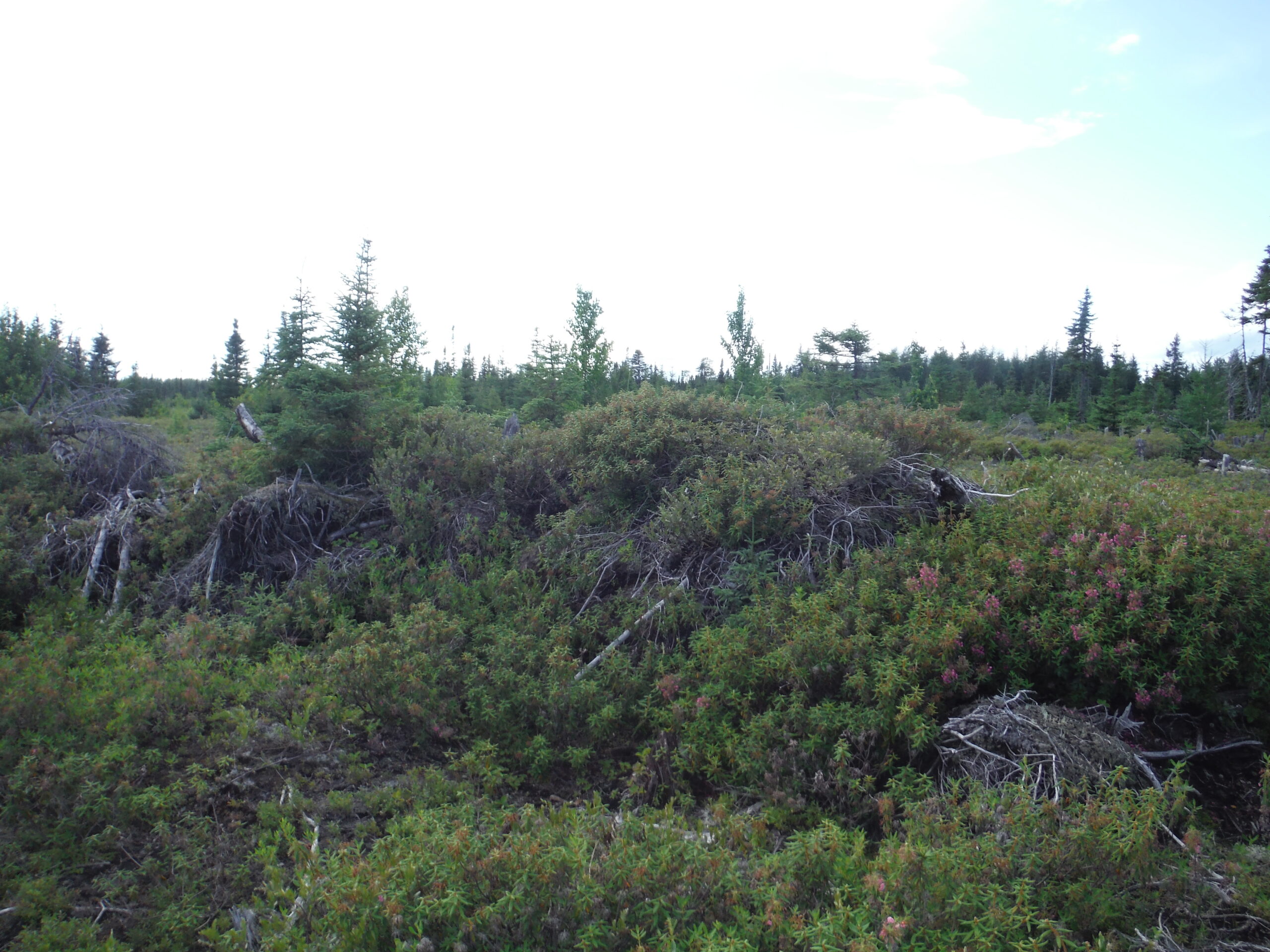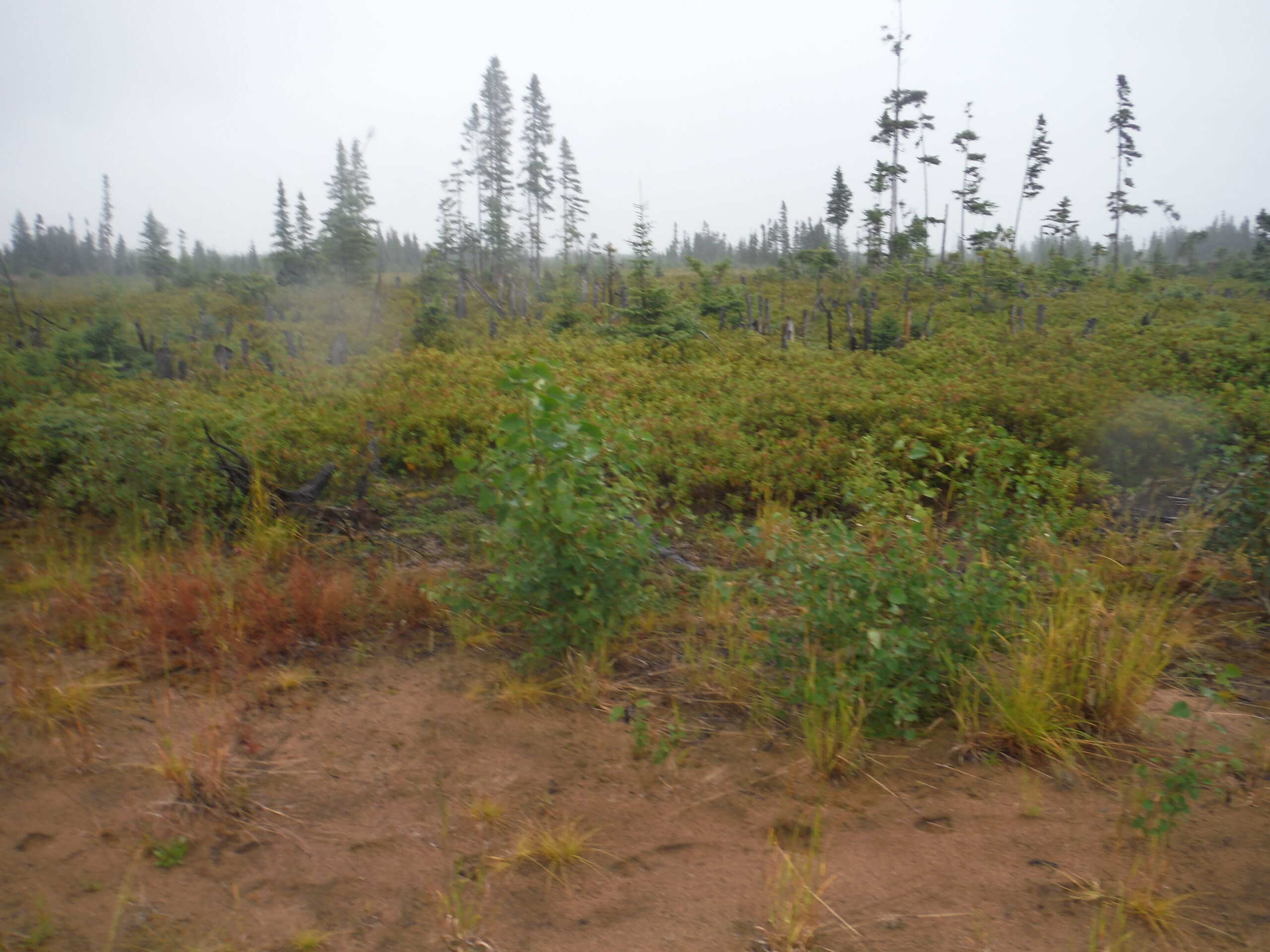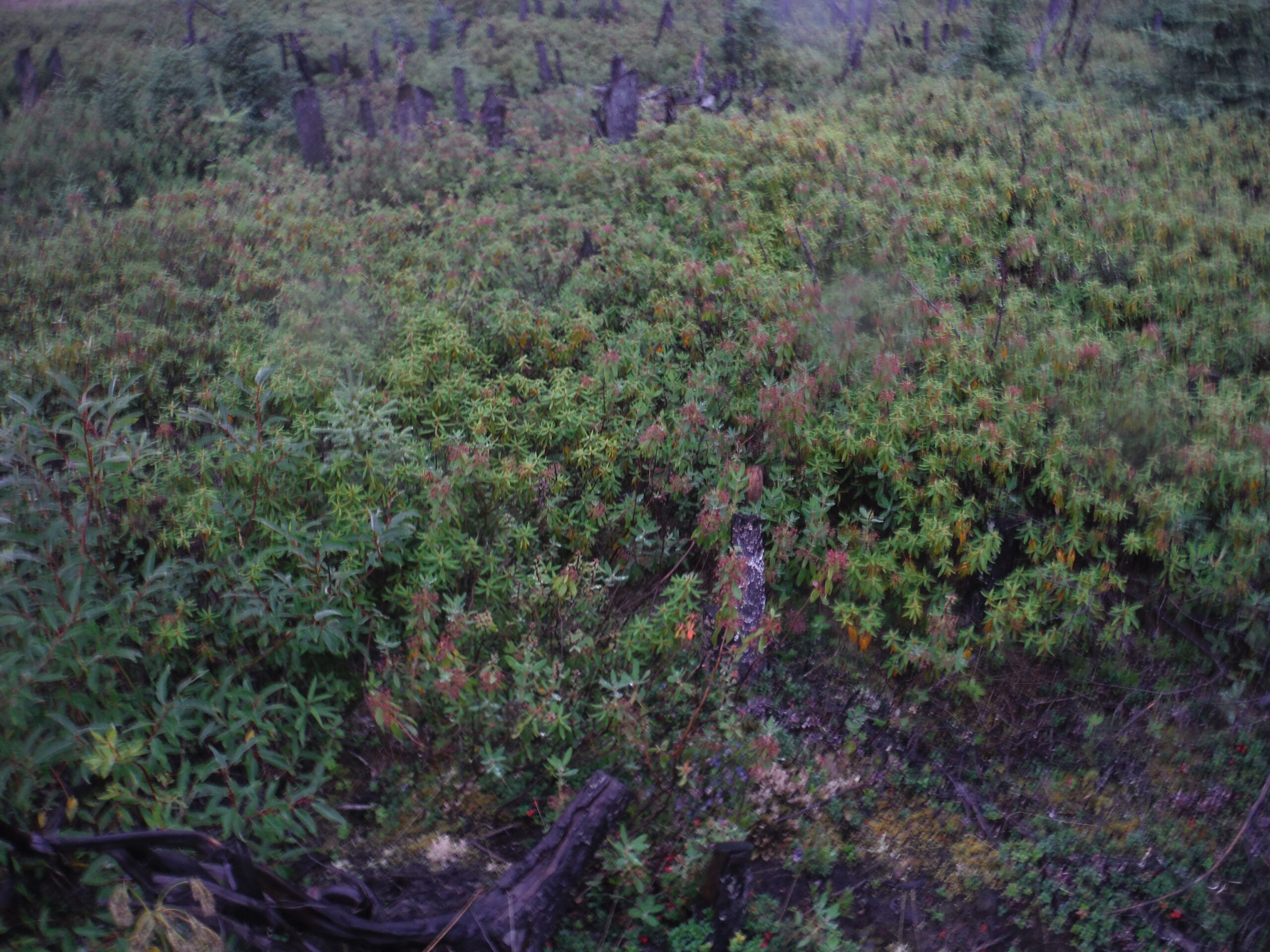Labrador (the mainland portion of the province of Newfoundland and Labrador) is a sparsely populated but actively growing region of Canada. Like Yukon and northern Ontario, Labrador offers a snapshot into the rapid expansion of small-scale farming into virgin boreal landscapes that have not historically been farmed or even capable of agriculture. Like the aforementioned regions of Canada, agriculture in Happy Valley-Goose Bay (HV-GB) is relatively new, only being established aggressively within the past 10-20 years.
HV-GB is located close to the mouth of the Churchill River, with multiple other rivers crossing this landscape as they flow towards Lake Melville. The soils of HV-GB are of very recent origin, being alluvial deposits following glacial removal of soil at the end of the last ice age.
Pye Farm itself is located on leased Crown land in the floodplain of the Churchill River within approximately 50 metres of the river itself, but according to a local geologist at the Labrador Institute, the land of Pye Farm used to be the riverbed itself some thousands of years ago (and therefore has a high proportion of sand). The farm, like most local farms, was cleared from virgin land with no history of farming; it has a mixture of short trees (mainly larch with spruce and birch) and bog. The water table is very high (within <1 metre of surface, and was higher still until the government installed a drainage ditch per another farmer’s request), but became lower moving from north (bog) to south (sandy). The farm does experience regular cycles of fire as is typical for the Labrador fires, but the most recent fire was approximately in 1975 according to local government records.
The farm was managed until 2018 by he Pye Family. An interview carried out in 2019 with Mrs. Pye (the surviving partner who farmed the land of Pye Farm prior to its acquisition by MUN), which gives some useful contextualization for the soil sampling (by JD Vallotton).
Pye Farm is currently part of the Labrador Campus of the Memorial University’s University as the Pye Centre for Northern Boreal Food Systems (see on map, 53.320791, -60.230109).
The farm can be divided into three major areas: a southern field of low fertility with hay that has been farmed since the land was cleared; a western field of mixed fertility containing hay and berries; and a northern field cleared in 2016 with vegetable production.
This project’s primary aim was to analyze all of the farmed land to ascertain its potential following MUN’s acquisition of the farm.
The data gathering took place in August of 2019, with a general soil sampling (Jeremiah Vallotton) in early to mid-August with general soil sampling. An EMI survey was he carried out (Daniel Altdorff).
A year later an assessment of soil nematode feeding group abundance and diversity was done (Erika Young)
Samples were collected over two weeks in a grid pattern with approximately 25-35 metre radius between sites. Each site was sampled at two depths: 0-15cm, and 15-30cm. Samples were immediately dried at 40 degC, sieved with a 2mm sieve, and sent off for processing. Soil respiration tests were carried out using the 72-hr soil burst test (JD Vallotton).
A vascular plant survey carried out by AAFC researchers in 2019 recorded 138 vascular plant species (87 native to Labrador, 51 not native to Labrador; Table 1). Of those species, 120 were established outside of cultivation and 19 were planted on the site and not sufficiently established outside of cultivation to be considered wild plants.
